Growing Our Google Clicks from Zero to 3,500 Monthly Visits in 1.5 Years: A Journey
Starting a new venture is be both exhilarating and overwhelming. This was the case for us, as we embarked on a journey to grow our online presence and drive more traffic to our website. We had zero clicks from Google, no resources and limited experience when we started. Nevertheless, we were determined to succeed, and with our wits as our main tool, we managed to grow our clicks from zero to 3,500 visits per month in just 1.5 years.
Looking back, it may seem like our growth was effortless, but it was a challenging journey that took a lot of determination and patience. As you can see from the graph from our Google Search Console, our hard work paid off, as our clicks and impressions gradually increased over time.
But what if you’re starting from scratch, with zero clicks and no idea where to begin?
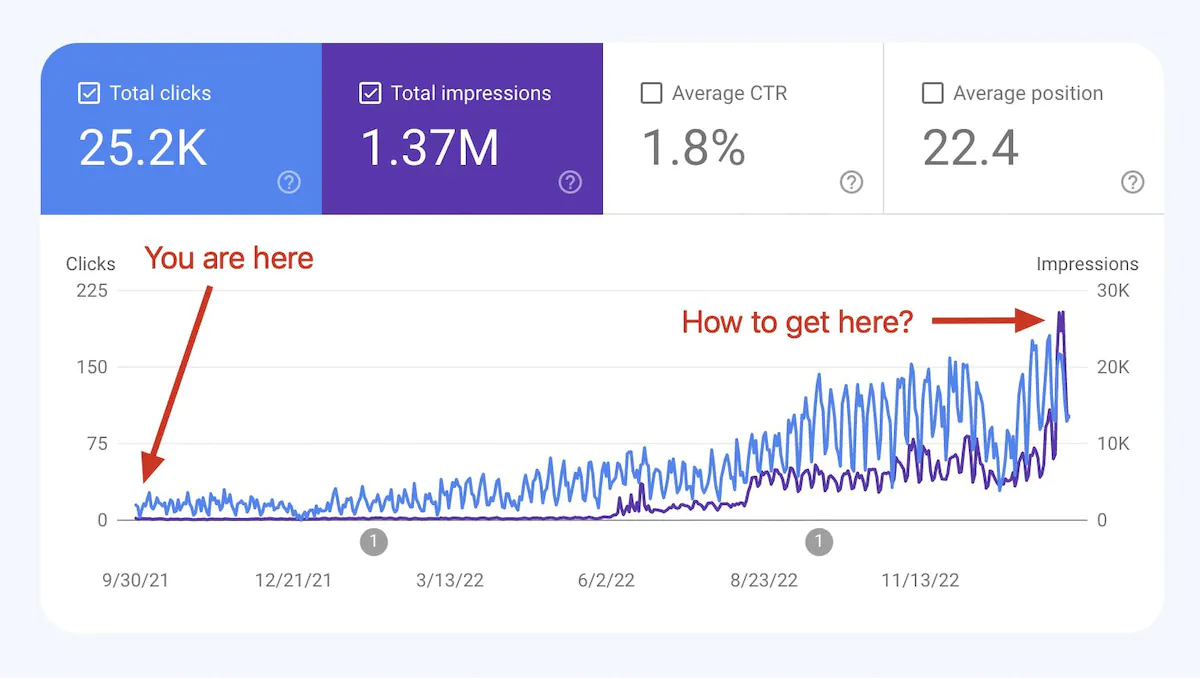
How can you achieve similar results?
In the following sections, we’ll share the strategies and techniques that worked for us, and hopefully, they’ll be of help to you too.
#1. Defining Your Target Audience: The Key to Success
The first and most critical step in growing your online presence is identifying your target audience. Before we even started thinking about keyword research, article word count, or content calendars, we asked ourselves one simple question: “Who needs this thing?”
In our case, our first product, Stagetimer, was a basic browser timer with just one feature - counting time. But who would actually use this? After some thinking, we assumed that video producers and event managers would be our target audience. This assumption was based a bit on a leap of faith, nevertheless it helped us a lot in the beginning to focus our marketing.
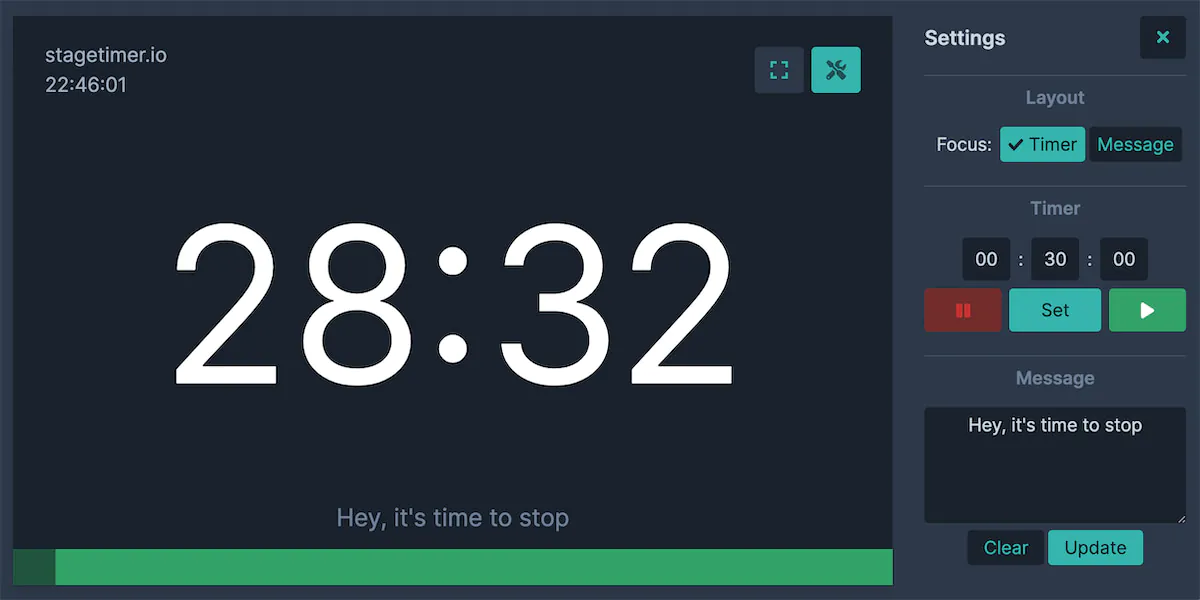
Knowing your target audience is the key to success, as it helps you to create content and features that are relevant. Without this knowledge, it’s challenging to get your message in front of the right people and to convert them into loyal customers.
#2. Uncovering Your Target Audience’s Pain Points and Interests
Knowing who your target audience is only the first step. The next most important question is: What do these people care about? Once you have this information, the rest becomes much easier.
We went straight to the source to find out - we headed to Reddit and joined communities related to video production and event management. This allowed us to see the topics and issues that were important to our target audience and even get direct feedback on our product through posting about it in these communities.
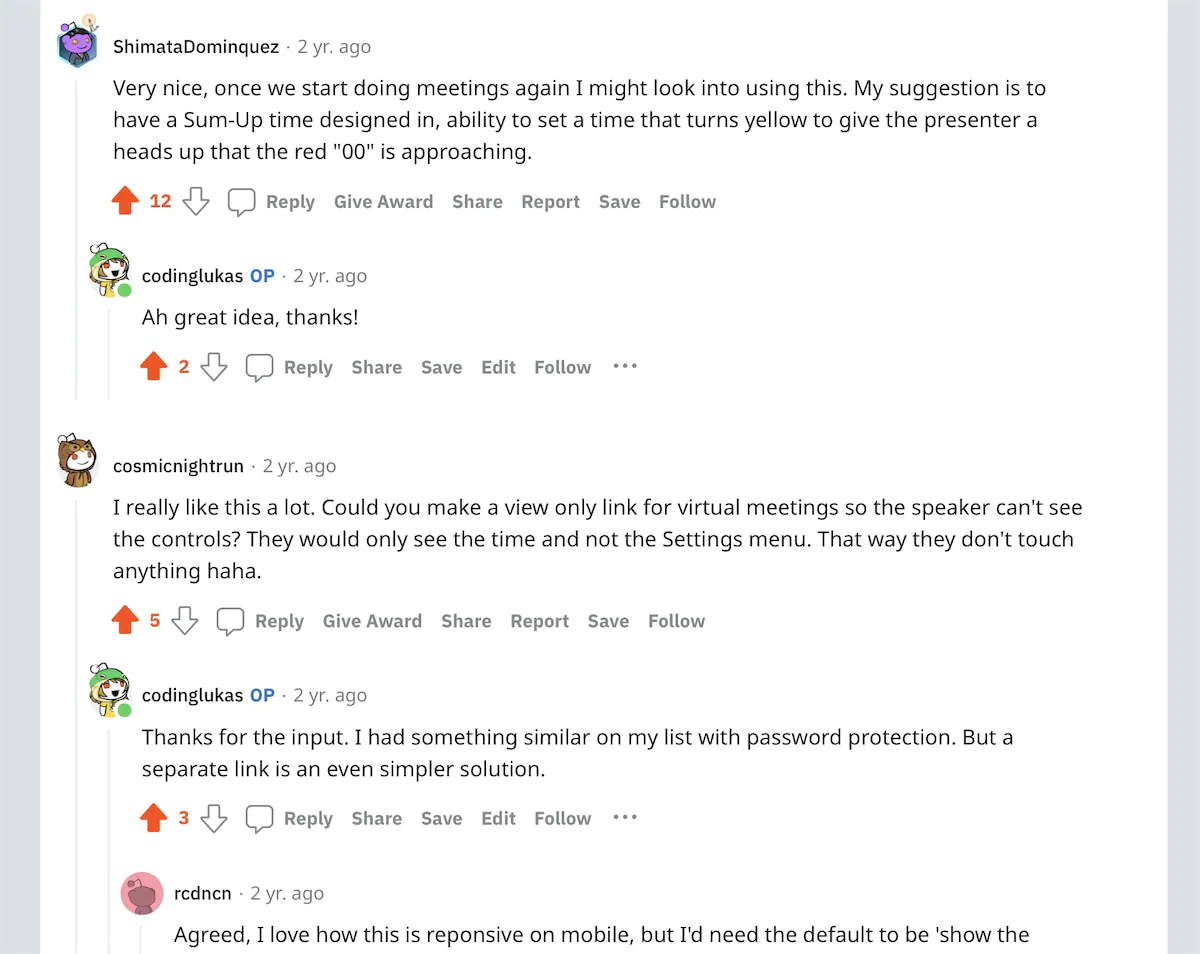
This direct interaction with our target audience was invaluable. It helped us understand their needs and pain points, which we could then address in our product development and marketing efforts. This, in turn, led to a better user experience and ultimately more website clicks and growth.
So if you’re just starting out, make sure to understand what your target audience cares about. The insights you gain will be priceless.
#3. Creating a Simple and Effective Landing Page
With a clear understanding of our target audience and their needs, the next step was to create a landing page for our product. It didn’t have to be fancy, it just had to address the main points that our users wanted to know.
I made it using plain HTML, without any fancy WordPress themes or design elements. The goal was to make it simple, straightforward, and easy to use.
You can see the first version of our landing page on the web archive. It may not have been the prettiest, but it got the job done and was a crucial step in our journey to growing website clicks.
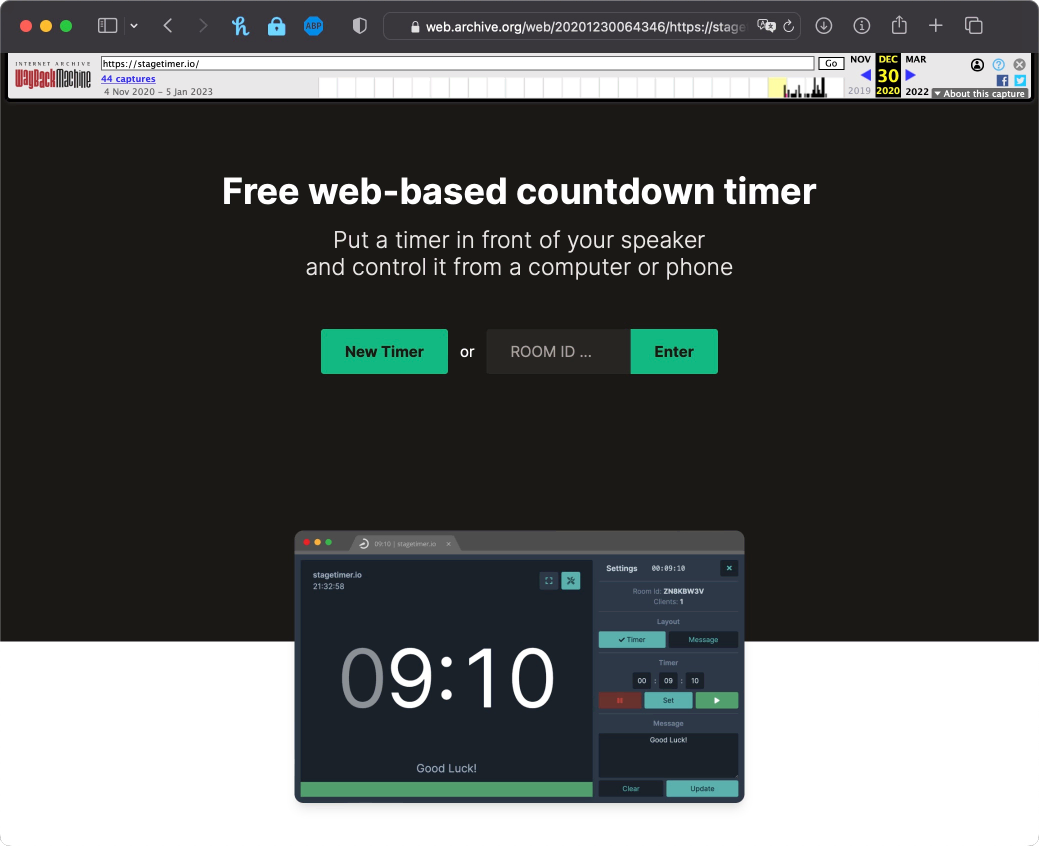
So don’t feel like you have to have a perfect website or landing page right off the bat. As long as it serves its purpose and provides the information that your target audience needs, it will do its job.
#4. Tracking Your Online Performance with Google Search Console
To understand how our online presence was growing, we needed to track our performance. One of the most valuable tools we used was Google Search Console. This free service from Google allows you to see how people are finding your website on Google, as well as the search terms they use to get there.
We registered our domain with Google Search Console and started tracking our performance from the very beginning. This was crucial for our growth, as it allowed us to see what was working and what wasn’t, and to make informed decisions about how to improve.
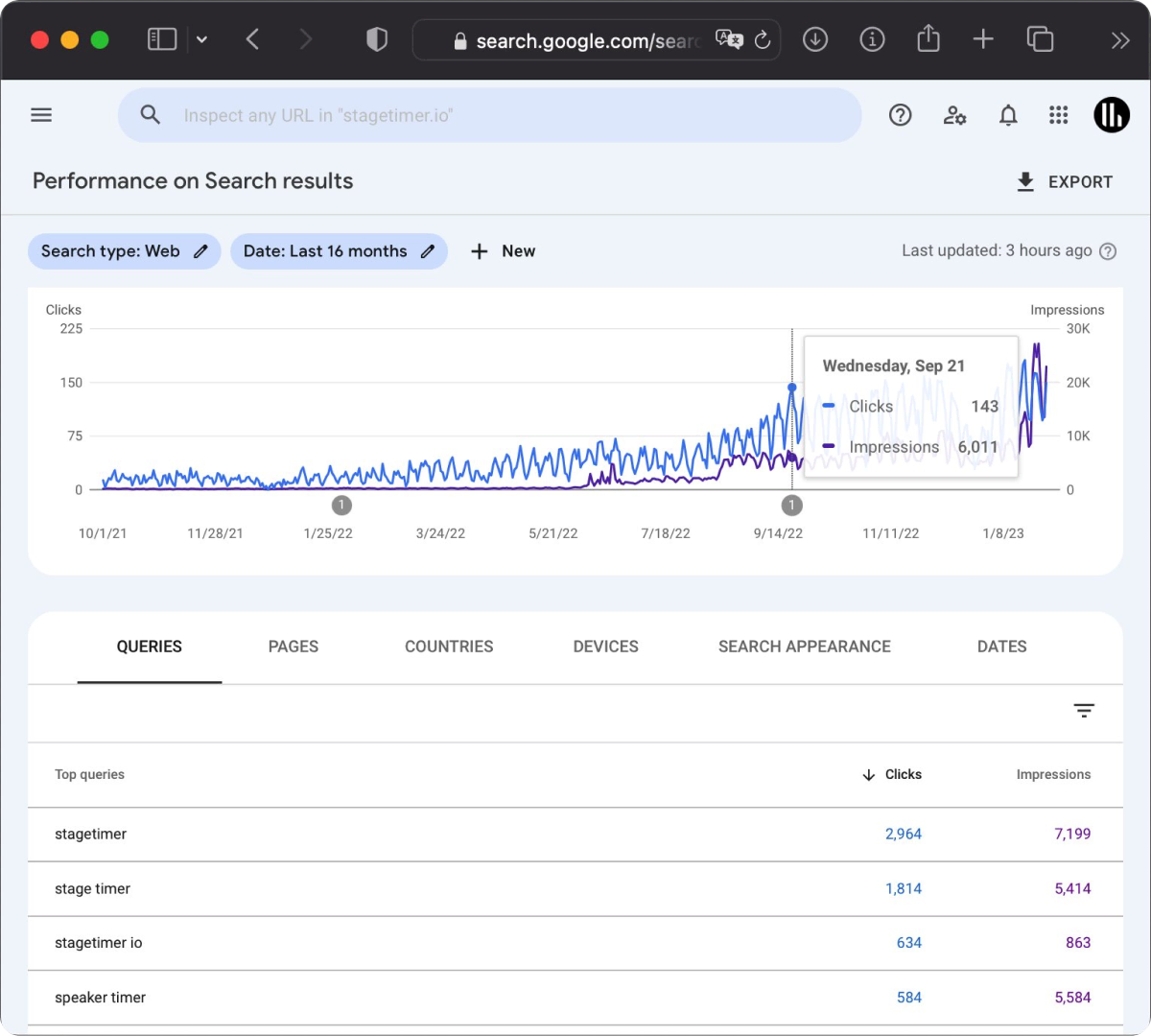
It’s important to note that it takes a few months to start seeing real data from Google Search Console. But the wait is well worth it. This data is extremely valuable and improves your search engine optimization (SEO) strategy. More on that later.
#5. Adding More Surface for SEO
While I was waiting for the data from Google Search Console to start coming in, I decided to add another landing page to give us more surface area for SEO optimization. I even wrote an entire Twitter thread about it to explain the purpose of each section of the landing page.
How did I write my landing page?
— Lukas Hermann @ Thailand (@_lhermann) August 18, 2021
A step by step breakdown 👇 pic.twitter.com/Sd8kTZ4SSY
Unfortunately, this additional landing page didn’t drive many clicks. It turns out that the target audience I had identified, “studios,” were not interested in this page after all. It was a valuable lesson in the importance of staying focused on your target audience and their needs.
This just goes to show that sometimes, no matter how much effort you put into optimizing your website and landing pages, it’s not always going to result in success. But that’s okay! It’s all part of the process of growing your website and improving your online presence.
So don’t get discouraged if one of your efforts doesn’t work out. Keep trying different things, analyzing the data, and staying focused on your target audience and their needs, and you’ll eventually find success.
#6. Keyword Research and Content Creation
At this point, we were running out of ideas for how to drive more traffic to our website, so we used our first revenue to contract a professional to do keyword research and write 3 articles for us. (Shoutout to embarque.io)
To our delight, two of these articles are still our top pages to this day. This just goes to show the power of high-quality content that’s optimized for search engines.

It’s important to note that it takes around 3 months for pages to start ranking on search engines. Additionally, we found that articles that include “how-to’s,” real-life examples, and freebies tend to perform well and drive more traffic.
Consider investing in keyword research and high-quality content. It may take some time for your pages to start ranking, but the results can be worth it in the long run.
#7. The Power of Documentation
One of the most valuable things we did was invest in documentation for our product. Documentation not only helps answer users’ questions, but it’s also a great opportunity to include many keywords related to your product.
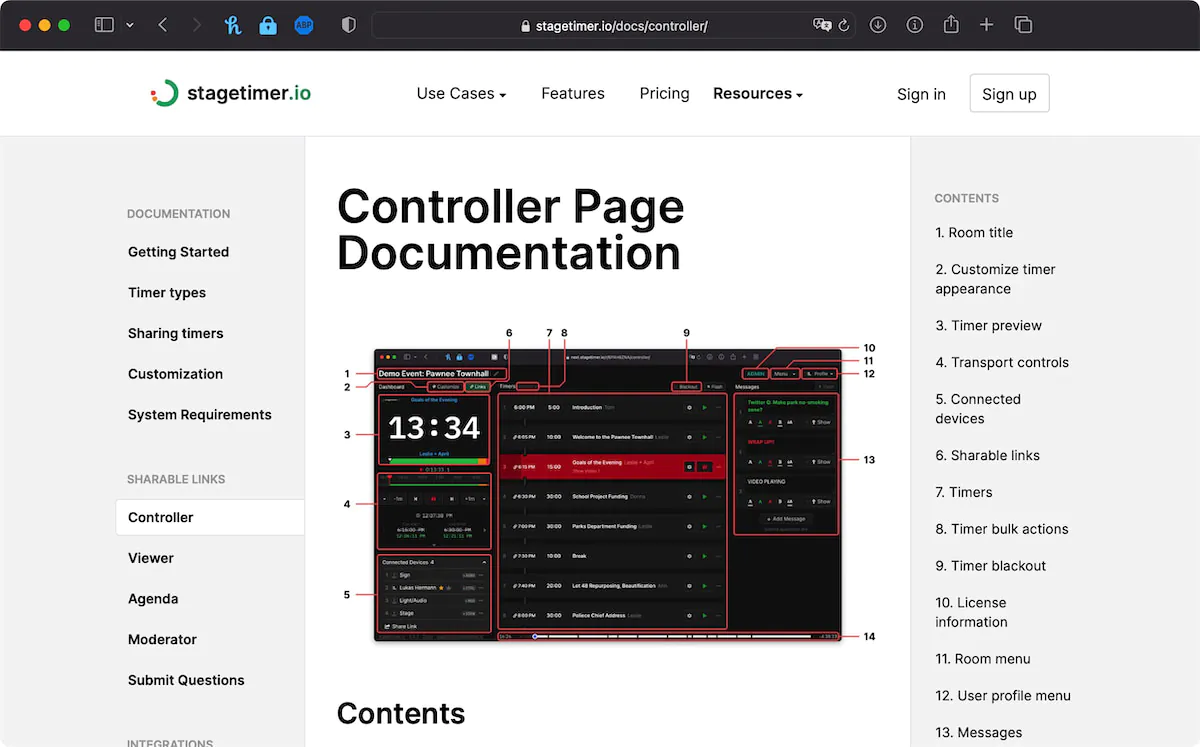
When it comes to documentation, there are a few best practices to keep in mind:
- 👉 Don’t host it on a subdomain, as this can hurt your SEO
- 👉 Use simple language that’s easy for your users to understand
- 👉 Include plenty of pictures with descriptive alt-text
To our surprise, 3 out of our Top 10 pages are non-SEO-optimized documentation pages. This just goes to show the importance of providing helpful and comprehensive information to your users.
#8. The Benefits of Programmatic SEO
The real impression-driver for us was implementing programmatic SEO. I discovered a way to automatically generate around 3000 pages with semi-meaningful content. I wrote a detailed Twitter thread about the process, as well as an article on my personal page titled “Programmatic SEO in 2023: A Step-by-Step Guide”
If you want to drive significant traffic to your site, programmatic SEO is definitely worth exploring. The auto-generated pages can provide a huge boost to your SEO efforts, as long as you make sure the content is somewhat relevant and helpful to your users.
#9. Utilizing Google Search Console Results
After some time had passed, I went back to the Google Search Console to check which keywords we were ranking for. I then used the language that our target audience was using to my advantage. For example, instead of using “cloud-based timer solution”, I used “presentation time online”.
It’s important to understand the language that your target audience is using in search queries, as these are the keywords that you want to rank for. By identifying these keywords and incorporating them into our content, we were able to improve our visibility in search results.
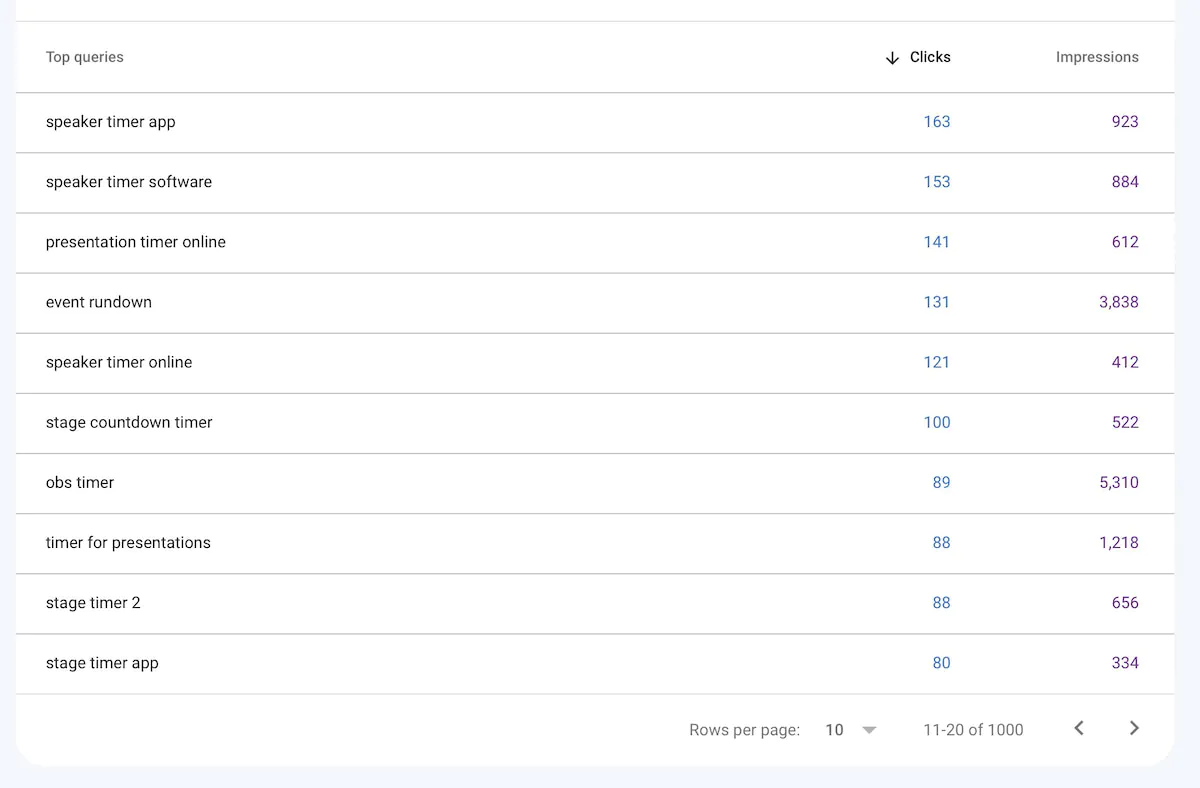
Some of these keywords may even give you ideas for other articles that can bring eyeballs to your site.
And that’s it.
I’m not a SEO expert and we don’t follow a strict monthly schedule for creating and publishing blog posts. Instead, our approach focuses on making sure our content is relevant and easy to understand for our users. It’s all about understanding what they’re looking for and creating content that answers their questions. We don’t even shy away from using tools like ChatGPT to help us in our efforts either.
- 👉 Make sure your content is relevant and easy to understand
- 👉 Get to know what your users are looking for
- 👉 Write content when it’s needed
- 👉 Don’t be afraid to use tools like ChatGPT (as long as the result is relevant)
I love sharing these behind-the-scenes details of running a bootstrapped business and I hope you found it informative. If you enjoyed it, give me a follow on Twitter.